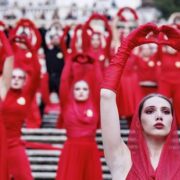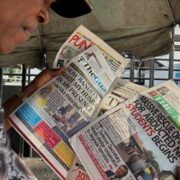Leading contemporary stars take center stage in Leon Gallery’s year-end sale
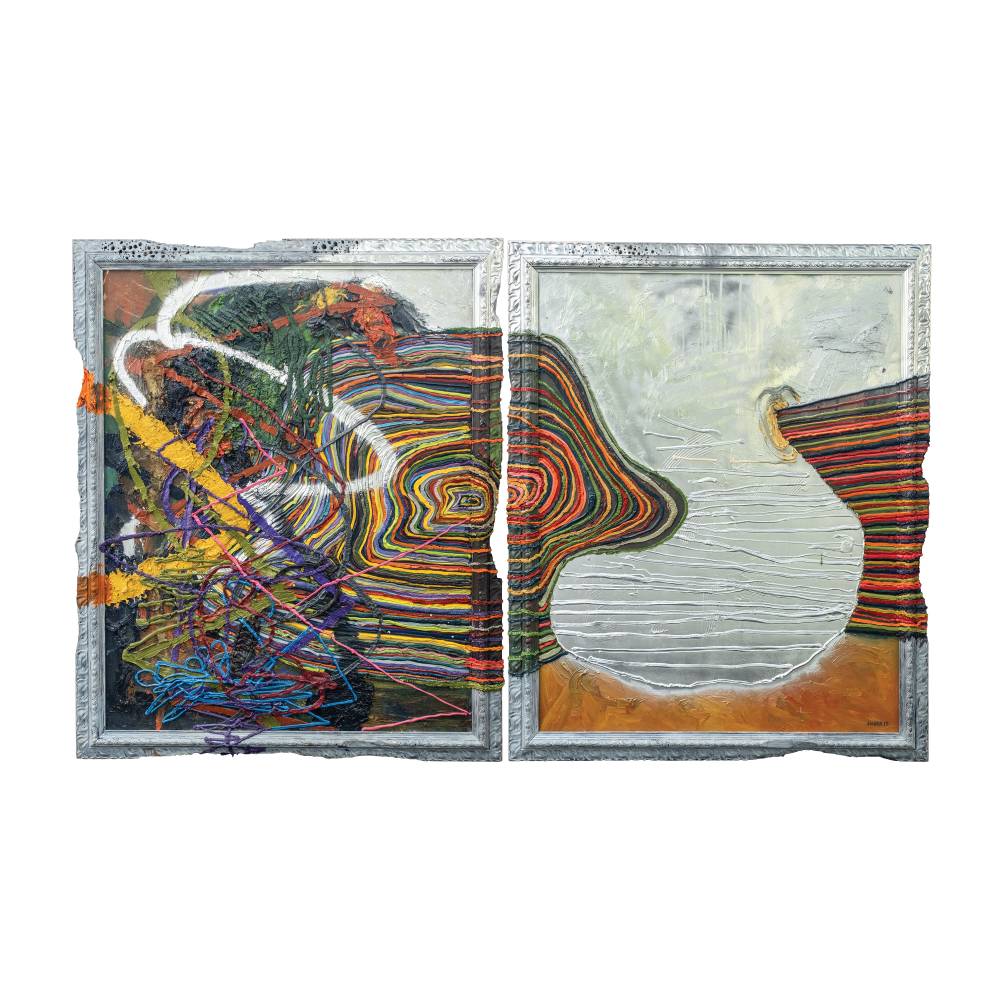
Representatives of their innovative and ingenious generation, some of the Philippines’ best contemporary artists grace the pages of this auction, León Gallery’s highly anticipated The Kingly Treasures Auction 2025, happening this Dec. 6 at 2 p.m.
In a lineup as regal as promised, contemporary artists shed light on the best this country has to offer in recent years, continuing to innovate, experiment, and shape the country’s art discourse. This sale features the works of some of the best contemporary visionaries the Philippines has to offer.
Bernardo Pacquing’s innovative abstractions
Bernardo Pacquing’s works blur the line between painting and sculpture, often utilizing textures in creating unconventional pieces. Two of his works are up for grabs in this auction.
“Tomato #4” captures Pacquing’s experimental approach to abstraction and materiality. He transforms the ordinary and the discarded into expressive and innovative compositions. Referring to the titular subject, Tomato #4 captures the fragility of organic life and the beauty found in imperfection and decay.
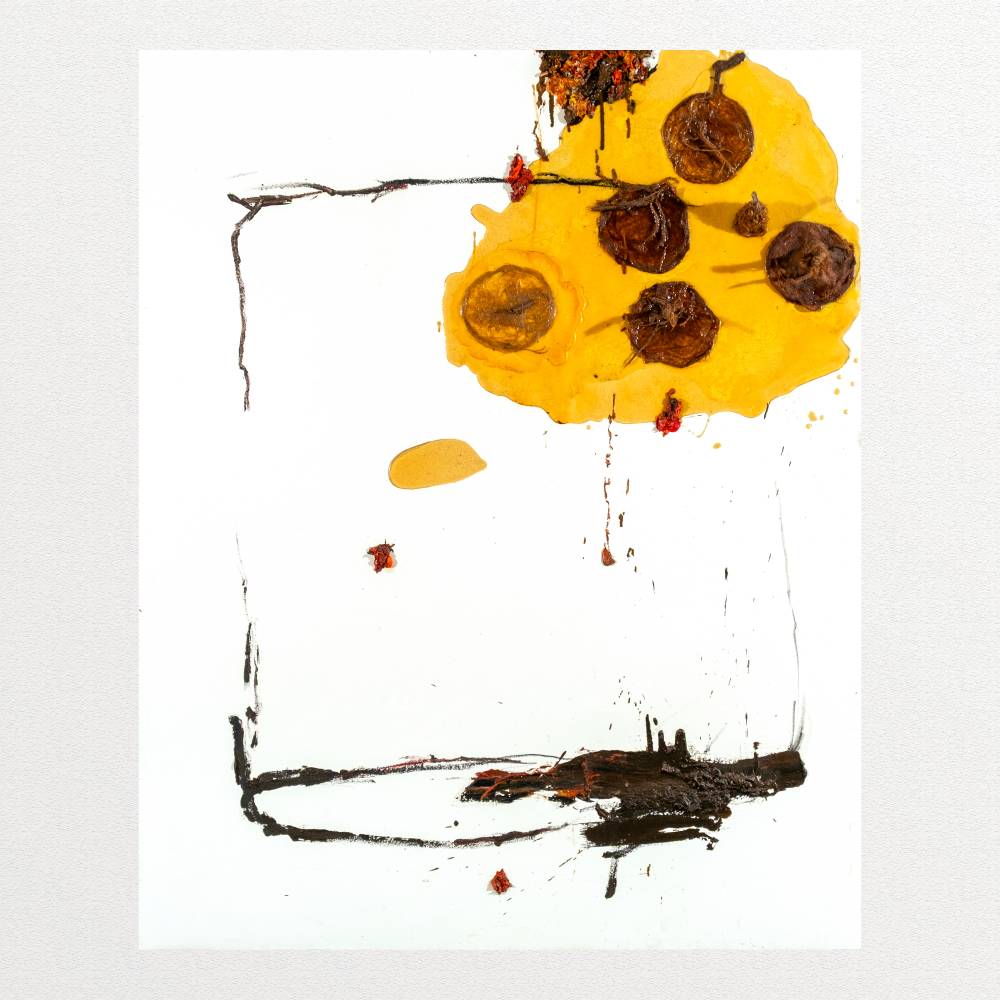
“What I have learned from my Paintings #1,” on the other hand, portrays Pacquing’s grounded, sensory understanding of abstraction. More than minimization, his works become a language of transformation, a result of an art that reaffirms the vitality of touch and process. His abstraction, at its core, is not addition and subtraction; they are his record of being and making.
A Cultural Center of the Philippines’ Thirteen Artists Awardee, Pacquing continues to push the boundaries of minimalism, utilizing mixed media materials and monochrome color palettes that contain much depth.
The solitude of Leo Valledor
Leo Valledor’s “Alone Together,” despite its relatively empty canvas, is a visual exploration of solitude. More than anything, this lot is a manifestation of Valledor’s grasp on geometry. Through his installation of two rectangular canvases, his visual language aligns with his Park Place style, focusing not on what we see but how we see.
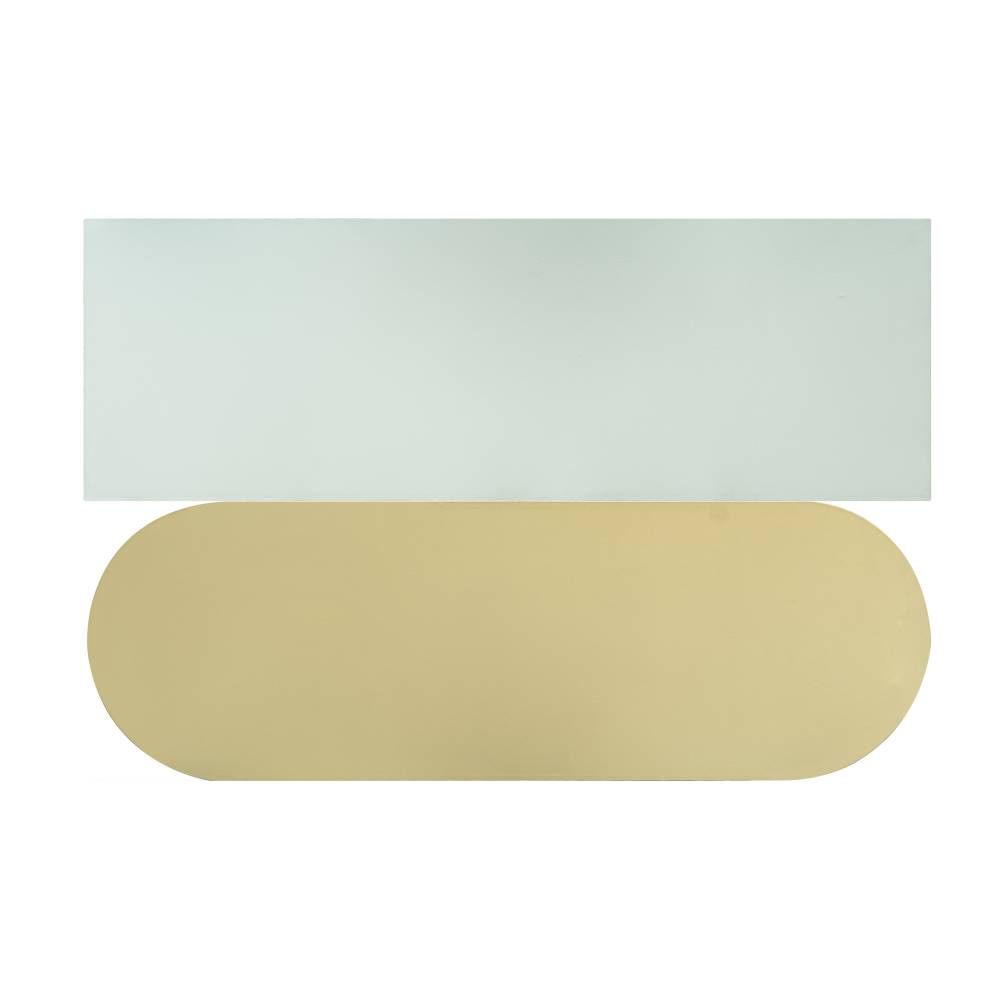
Valledor’s time with the Park Place Gallery in SoHo, New York City, helped him pioneer the hard-edge painting style. Though recognition came late in his life, Valledor is now known as a maverick of abstraction.
The controlled vandalism of Jigger Cruz
Jigger Cruz’s signature practice of layering, burning, cutting, and desecrating reflects both the artist’s rebellion and renewal. While his works may first appear chaotic, an aesthetic coherence built from destruction reveals itself from the inside. Through thick paint squeezed directly from the tube, Cruz’s works transform into a battlefield between abstraction and figuration, dismantling traditional reverence for the painted image.
In his “Disjointed (Diptych),” Cruz stages a visual conflict between creation and erasure, a dialogue between control and chaos, beauty and ruination, done via oil and spray paint on canvas and wood.
On the other hand, his “Blares of the Opposite” shows more of the classical painting he squeezed paint onto. Painting over Joos Van Cleve’s “The Death of the Virgin,” Cruz’s vandalism creates room for interpretation and for doubt. In understanding two paintings existing simultaneously on the same canvas, Cruz is unrepentant yet purposeful in his sacrilegious dissection and faithful reconstruction of art history.
Manuel Ocampo’s iconoclastic work
Manuel Ocampo’s tongue-in-cheek approach to the horrors of this country creates an almost cartoonish quality to his works. Known for his deliberately unsettling paintings, his works can be seen as his commentary on culture, identity, religion, and history, borrowing from the concept of the ‘sacred’ and the ‘profane’ in his fantastic provocation of the Filipino society.

His “Petrorope” portrays the artist’s irreverent and provocative nature. Blending sacred Baroque religious iconography and secular political narrative, “Petrorope” contains several intriguing and dissident images. This work, in particular, contains uncomfortable and offensive images; notably, a thin, blindfolded man hanging upside down with a skeleton holding a pickaxe labelled “Anti-Kultura,” ready to strike; a ribbon with the curse words “Anak ng Puta” (or Son of a Whore) written on it; and the terrifying image of hell occupying the bottom half of the canvas. In particular, one demon carries a swastika, looking down at the hellish scene.
While known for being provocative, Ocampo’s works are not without substance. As evidenced by “Petrorope,” he draws from the ever-rich well of academic theory, art, religion, history, and culture, making his works lasting in their critiques.
Uplifting the Filipino art scene
Never dry in talents and knowledge, León Gallery’s The Kingly Treasures Auction continues to uplift the Filipino art scene, providing the best of what Filipino artists can offer. With several of the well-rounded representatives of the contemporary era, León Gallery welcomes all to celebrate another year of successful art cultivation and to welcome the year to come.
The Kingly Treasures Auction is happening on Dec. 6, 2 p.m., at Eurovilla 1, Rufino Corner Legazpi Streets, Legazpi Village, Makati City. Preview week runs from 29 November to 05 December 2025, from 9 a.m. to 7 p.m.
For further inquiries, email info@leon-gallery.com or contact +632 8856-27-81. To browse the catalog, visit www.leon-gallery.com.
Follow León Gallery on their social media pages for timely updates: Facebook (www.facebook.com/leongallerymakati) and Instagram “@leongallerymakati.




